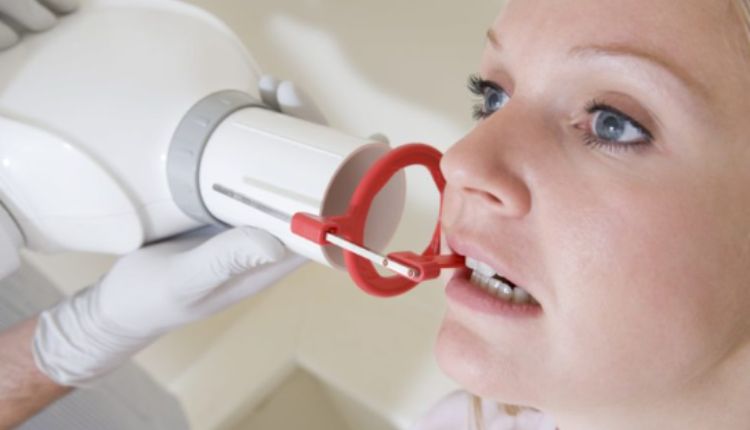X-rays play a crucial role in your dental care. You might wonder why your dentist recommends them. They reveal hidden problems in your teeth and gums. This helps the dentist catch issues early. Cavities, infections, and bone loss can be seen with X-rays. This allows for quick treatment, which means fewer complications for you. When you visit a Mississauga general dentist, they use X-rays to get a complete picture of your dental health.
This information guides them in creating a tailored treatment plan. By using X-rays, dentists can make sure that your smile stays healthy and strong. Regular check-ups, paired with X-rays, ensure the dentist monitors changes over time. This proactive approach helps maintain your oral health. Understanding the role of X-rays empowers you to engage fully in your dental care. You can rest easy knowing your dentist has the best tools to care for your smile.
What Are Dental X-Rays?
Dental X-rays are images of your teeth and surrounding tissues. They help dentists spot issues like cavities, infections, and bone loss. These images are essential because some problems are not visible during a regular exam. X-rays give dentists a detailed view of your mouth. This helps them make informed decisions about your dental care. Two common types of dental X-rays are bitewing and panoramic.
Types of Dental X-Rays
| Type | Description | Purpose |
| Bitewing | Shows details of the upper and lower teeth in one area of the mouth. | Detects decay between teeth and shows bone density changes. |
| Panoramic | Gives a broad view of the entire mouth. | Identifies impacted teeth, detects tumors, and assesses jaw disorders. |
Benefits of Dental X-Rays
Dental X-rays provide several benefits. First, they help in early detection of dental problems. This can reduce treatment time and cost. Early diagnosis means simpler and less invasive treatments. Second, X-rays help track the progress of certain conditions. This includes monitoring the development of teeth in children. X-rays also assist in planning treatments like braces or implants.
Are X-Rays Safe?
Many people worry about the safety of X-rays. The truth is, dental X-rays are safe. They use very low radiation levels. Advances in technology have made X-rays even safer. Digital X-rays, for instance, use up to 90% less radiation than traditional ones. Dentists take precautions to protect you. They use lead aprons and thyroid collars to shield against radiation. For more information on dental X-ray safety, visit the U.S. Food & Drug Administration.
When Are X-Rays Necessary?
The frequency of X-rays depends on your individual needs. Children may need them more often than adults. This is because their teeth and jaws are still developing. Adults may need X-rays if they are at risk for dental problems. Your dentist will decide how often you need X-rays. They consider factors like age, health history, and risk for disease.
Preparing for a Dental X-Ray
Preparing for a dental X-ray is simple. No special preparation is needed. You might be asked to remove jewelry or wear a protective apron. The process is quick and painless. You will be guided to bite down on a piece of plastic or hold still for a few moments. The images are taken quickly, and you can continue with your day after the appointment.
Conclusion
X-rays are a key tool in modern dentistry. They help your dentist provide you with the best care possible. Understanding their role helps you participate in your dental health decisions. You can feel confident and comfortable during your dental visits knowing the benefits of X-rays. For further detailed information, consider reading resources available from the Centers for Disease Control and Prevention.

